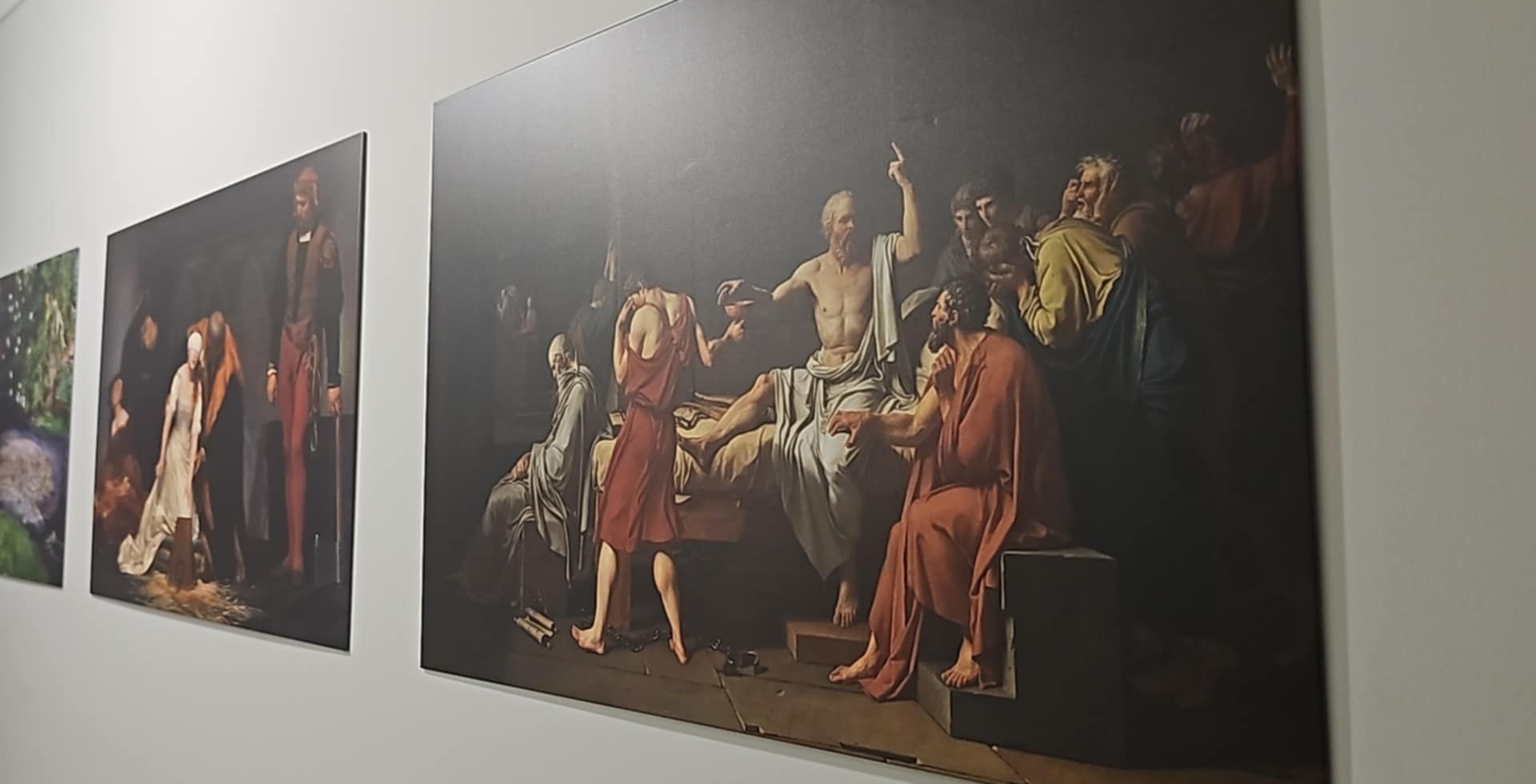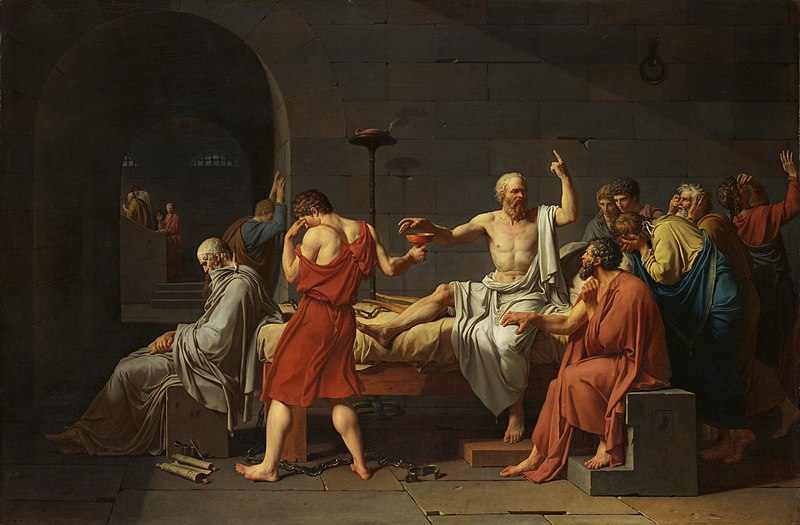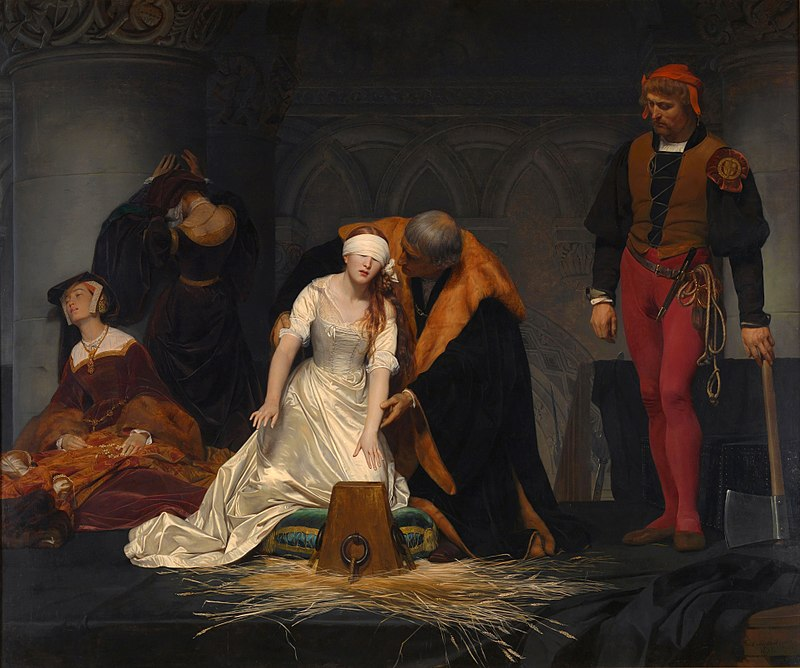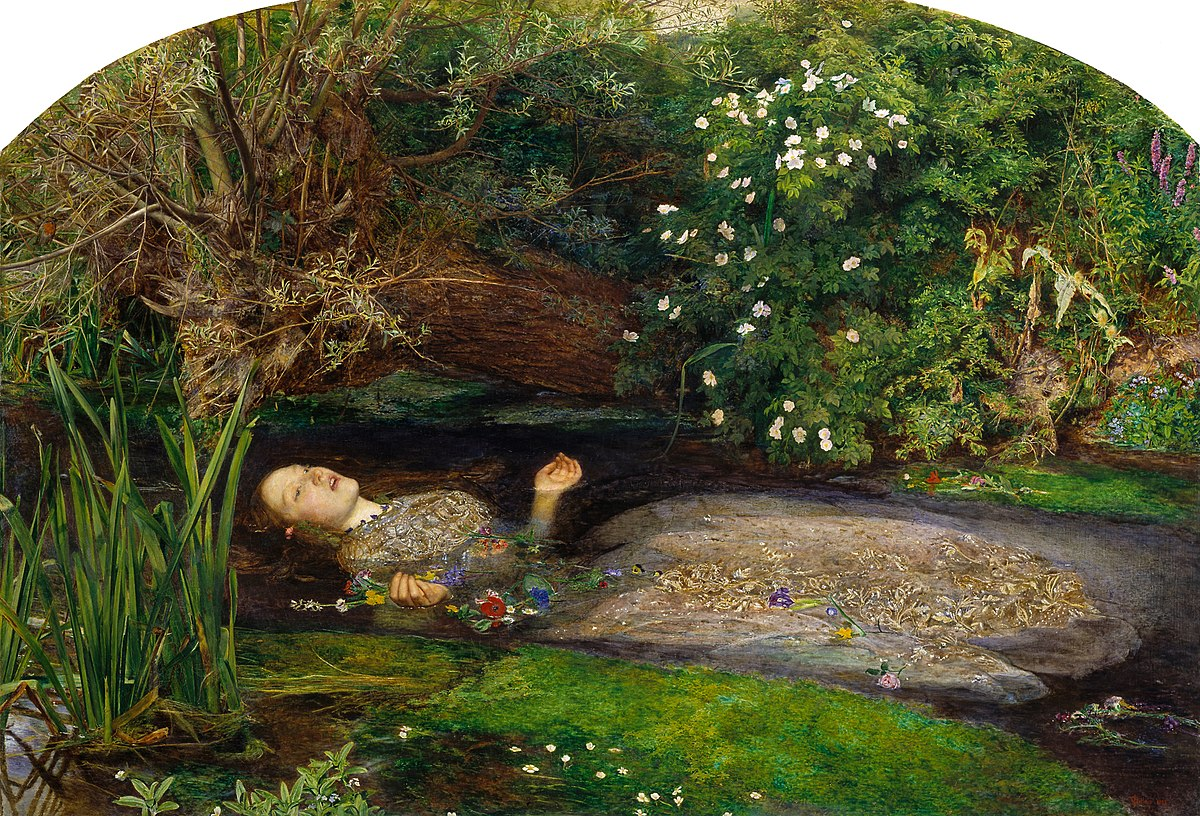Art Theory and Emotion: My home hallway of Death and how it inspires me
I’m so happy in new home. I’ve filled it with Art, and filled it with meaning. My hallway has three wonderful pieces, each of which depict death. Since I wrote my university thesis on the topic of how death is represented in Art, I’ve always loved the way images of death, dying, or imperilled individuals and how they provide comfort in the fact that … I’m not in them.
So, come for a walk down my hallway.
My Hallway

After you stroll past the images, yopu get to see yourself reflected in a full length mirror at the end of the hallway. My message here is two fold, 1) We needed a full length mirror, and 2) Look at you, you temporarily alive thing.
Representations of individuals in and around death have always fascinated me, and one of my favourite bits of writing on the matter is by Roland Barthes, in Camera Lucida. Featured in the book is a plate of Alexander Gardner’s 1865 portrait of Lewis Payne (also known as Lewis Powell), who was photographed while awaiting execution for his role in the assassination plot against Abraham Lincoln. Gardner photographed Payne in his cell before his hanging.
The caption to this image along the lines of “He is going to die. He is dead and he is going to die” is a wonderfully haunting reminder of the portrait, be it photographic, painted, or historical, to capture not only a temporal moment, but the context of past, present and future all at once.
The Artworks

Jacques-Louis David’s “The Death of Socrates” welcomes visitors to my home, offering a philosophical meditation on choosing one’s own death. The painting shows the moment Socrates reaches for the hemlock, still teaching and gesturing emphatically while his disciples grieve around his not yet, but soon to be dead body.
What fascinates me about this piece is how David portrays death not as something that happens to Socrates, but as something he actively embraces. The philosopher’s upraised finger points toward the heavens, suggesting that death is merely a transition from the mundane Earth rather than an ending. This painting, perhaps more than any other, helped shape my understanding of how death can be portrayed not just as loss, but as transformation.

Right next to it, Paul Delaroche’s “The Execution of Lady Jane Grey” follows, speaking to the political theatrics of death. The seventeen-year-old queen, blindfolded and searching for the execution block with outstretched fingers, embodies both innocence and dignity in her final moments.
Between the executioner’s stoic presence and her lady-in-waiting’s dramatic collapse, Delaroche captures not just a historical moment, but the universal human drama of encountering mortality. I find this one particularly moving in its focus not on the violence itself, but on the quiet moment of acceptance that precedes it. The scale of thing is incredible, too. My reproduction of the piece is TINY compared the original work, which I saw in London many years ago. The original piece still sticks with me today due to its impressive size and the literal, monumental statement it makes. (The original is about 2.5 by 3 metres, its HUGE)

The sequence concludes with John Everett Millais’ “Ophelia,” capturing the haunting moment of Hamlet’s beloved slipping beneath the water’s surface. The painting transforms Shakespeare’s tragic drowning into something eerily beautiful – Ophelia’s dress billows around her like a silvery shroud while flowers float beside her upturned face.
I’m struck by how Millais subverts the typical Victorian fascination with the beautiful dead woman. His Ophelia isn’t arranged in peaceful repose; she’s caught in that liminal moment between life and death, her mouth slightly open as though still singing. The wildflowers and weeds surrounding her body seem more alive than she is, nature already beginning its work of reclamation.
These three works, each hanging in my hallway, serve as daily reminders of death’s universality. From the philosophical choice of Socrates to the political sacrifice of Lady Jane Grey to the romantic tragedy of Ophelia, they represent different facets of our mortality.
I wrote my university thesis on how death is represented in Art, and everyday; I find comfort in these images. They remind me that while death may be, as I often say, “easy because everyone can do it,” the ways we choose to represent and understand it are endlessly complex. Each time I walk down my hallway, I smile as I’m reminded that art allows us to confront our mortality not with fear, but with stoic contemplation and profound beauty.
Blog Archive
- June 2025 (1)
- May 2025 (1)
- April 2025 (1)
- March 2025 (1)
- January 2025 (3)
- December 2024 (1)
- November 2024 (4)
- October 2024 (1)
- January 2023 (1)
- May 2022 (1)
- April 2022 (3)
- December 2021 (1)
- November 2021 (1)
- September 2021 (1)
- June 2021 (1)
- May 2021 (1)
- March 2021 (1)
- January 2021 (1)
- September 2020 (1)
- August 2020 (2)
- July 2020 (4)
- June 2020 (1)
- May 2020 (1)
- March 2020 (1)
- February 2020 (2)
- January 2020 (1)
- December 2019 (2)
- November 2019 (1)
- October 2019 (4)
- September 2019 (7)
- August 2019 (2)
- May 2019 (2)
- April 2019 (8)
- May 2017 (1)
